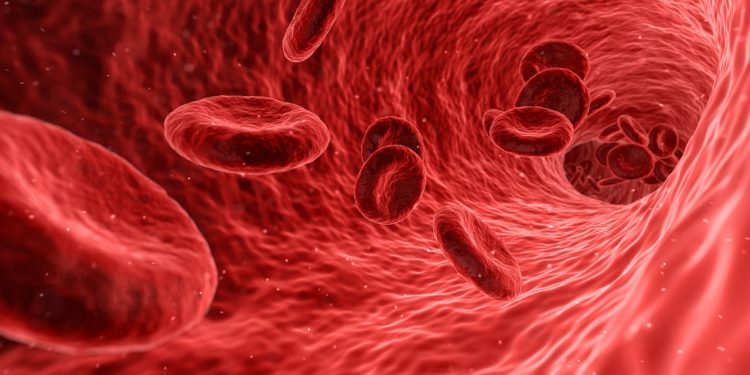The Anaemic Women Of India: An Indictment Of Our Failed Polity And An Uncaring Society

Introduction
According to the Global Nutrition report, 2017, 51% of Indian Women (aged between 15 and 48 years) are anaemic. India has the largest number of anaemic women in the world. Even Pakistan, Nigeria and Indonesia have reduced their percentage of anaemic women significantly.
Women with less than 12 grams/deciliter of hemoglobin are considered anaemic. The main cause of anaemia is iron deficiency, followed by vitamin B9, B12 and A, zinc and folic acid deficiencies. WHO categorises 40% of the anaemic population as a ‘severe public health problem’. Speaking on the inaugural ceremony of the World Congress on Adolescent Health, Health Secretary of India, Preeti Sudan declared to make India anaemic-free, which seems to be a tall order, given the ground reality and our track record in policy implementation.
This reality check calls for not only a scathing criticism of the government’s failure in policy implementation and delivery, but also a reflection upon the social culture that has consistently neglected women’s right to political and economic equality, both within and outside the family structure, which bears a direct correlation with women’s physical health and development.
Policy Failures And Poor Delivery
India has had a targeted National Anaemic Programme since 1970. Ministry of Women and Child Development came out with a National Nutrition policy in 1993, that stressed micro-nutrition supplements and food fortification. A Iron and Folic Acid (IFA) supplementation programme has been implemented by Ministry of Family and Health Welfare for decades, but suffers from low coverage and lack of proper monitoring.
Decade after decade, various ministries have come up with several new policy interventions to tackle the problem. Still, after nearly half a century, the number of anaemic women has reduced only by about 12% (from 63% to 51% ). This points to implementation failures, poor service delivery, lack of public awareness, inability to monitor measurable results, and a lack of political commitment.
The Underlying Social inequality And Traditional Mindset
This serious national health issue is also symptomatic of a deeper malaise- that of gender inequality and social neglect. A report says wife’s bargaining power within the family has a direct relationship with her physical development and health. Only about 23% of men are anaemic, which has remained static for the last half century, whereas women perform worse in most health indicators.
Women interviewed as part of the survey say that they usually eat last and sometimes go hungry, if the food is not sufficient for the whole family. There is an urgent need for changing this traditional path. Women consider their health needs secondary to their husbands and children. But in reality, anaemic women during pregnancy face risks of stillbirth, underdeveloped fetus, slowed neural and spinal cord growth in children, maternal and neonatal deaths. Poor women are more vulnerable to anaemic prevalence. So, what is needed is effective interventions such as dietary diversification, food fortification, and equitable distribution within the family, which is possible only by putting more resources at the hands of women within and outside the family.
Conclusion
In India, gender is one of main determinants of access to healthcare.
Amartya Sen says,
“From the crude barbarity of physical violence against women, to the complex instrumentalities of her neglect, the deprivation of women is not only linked to the lower status of women but also to the fact that women often lack the power to influence the behaviour of other members of society and the operation of social institutions.”
There is need for shared decision making powers within the family structure. Society in general and women in particular need to change the archaic mindset of putting the needs of men above theirs. The social-polity needs to reflect on its apathy towards women and their development.




